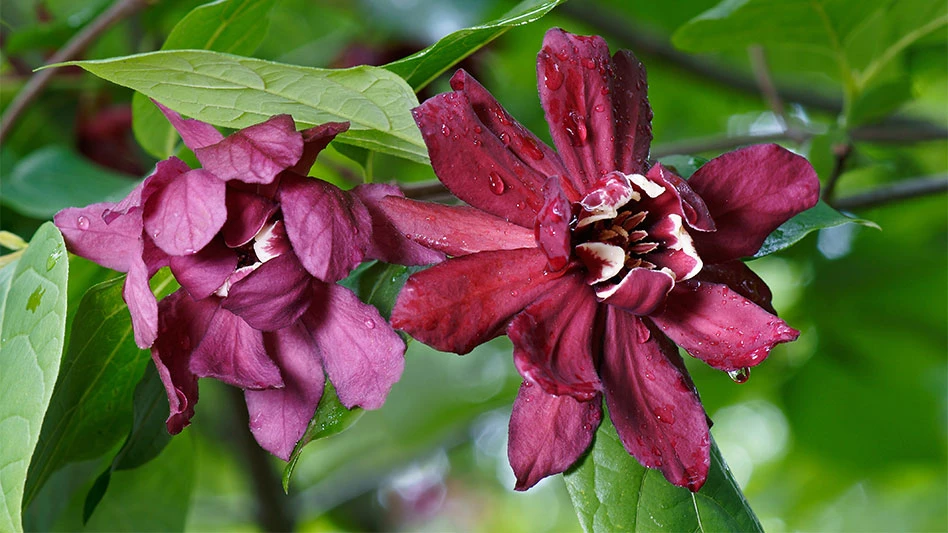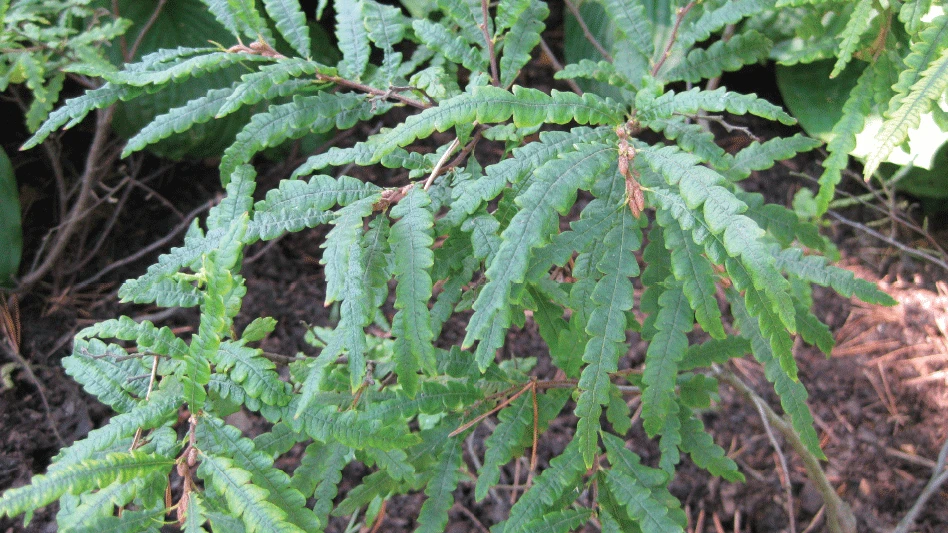
Burlap is a unique material that has been used for generations in nurseries. Field-grown trees and shrubs grown in the ball-and-burlap style, and though container operations are growing, B&B still has quite a foothold in the market.
One reason for this is the breathability of the fabric, which allows sufficient aeration of the soil, and the moisture-resistant properties of burlap prevent excess water from accumulating and allowing the growth of mold, mildew, or other types of rot. Burlap’s environmental friendliness and its resistant characteristics make for a potent combination.
Trees grown in the field and not harvested bare root are dug with a soil ball. Burlap is secured around the root ball with nails, string or wire. Synthetic burlap is occasionally used on root balls so the nursery operator can dig the tree several months prior to planting it in the landscape. This pre-digging helps the tree harden-off and survive once transplanting into the landscape. However, synthetic burlap should be removed at least from the upper portion of the root ball before backfilling. It is probably best to remove all synthetic burlap.
Bonnie Appleton, extension specialist with the Hampton Roads AREC in Virginia, says that leaving synthetic or treated burlap on the root ball does prevent root growth.
“Remove the burlap, regardless of type, from atop the ball and down several inches on the ball side,” she suggests. “It is not necessary to remove all the burlap.”
Although there are few published reports of synthetic burlap preventing root regeneration or penetration into the backfill soil, according to University of Florida scientists, there are verbal accounts from landscapers and researchers of synthetic burlap preventing root growth out of the root ball on certain species.
“The last bastion of burlap is horticulture,” said Sam Lunby, president of Dayton Bag & Burlap.
Organizations like A.M. Leonard and Dayton Bag & Burlap have been selling burlap for decades. When you think of burlap, you don't always think of the potential for environmental damage, but the fact is that some imported burlaps are treated with unregistered pesticides and toxic agents. As members of the green industry, A.M. Leonard believes that it is the company’s responsibility to operate in a manner that encourages good stewardship of our resources. Therefore, we only sell burlap that meets strict EPA standards.
If you’re looking for untreated burlap, here’s a helpful tip from the University of Florida IFAS.
It may be difficult to distinguish between natural and synthetic burlap. If so, burn a small portion with a match. Synthetic burlap often melts and smokes and may not produce a flame. A plastic goo remains following burning. Natural burlap usually burns with a flame and turns to ash.
Some horticulturists recommend removing at least the top 12 to 18 inches (two or three levels) of wire from the root ball, or the entire basket. One to several minutes are required to remove the wire basket. Trees with the wire basket removed at planting often require staking, especially if the root ball is sandy, or the root system is not well established or is loose in the ball.
Latest from Nursery Management
- How impending tariffs and USDA layoffs impact the horticulture industry
- Shifting the urban environment
- These companies are utilizing plastic alternatives to reduce horticultural waste
- How to create a sustainable plant nursery
- Lamiastrum galeobdolon ‘Herman’s Pride’
- One of rarest plants on earth: Tahina spectabilis
- Leading Women of Horticulture: Angela Labrum, Bailey Nurseries
- Get to know Pat Reilly with NewGen Boxwood and the American Boxwood Society






